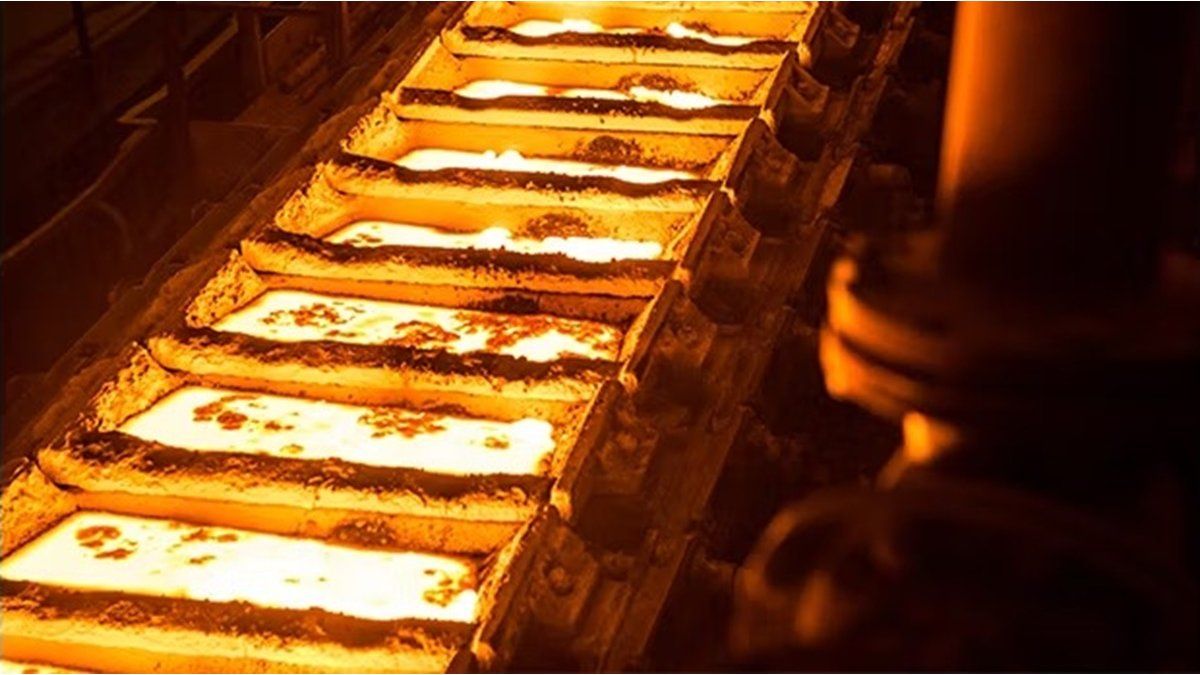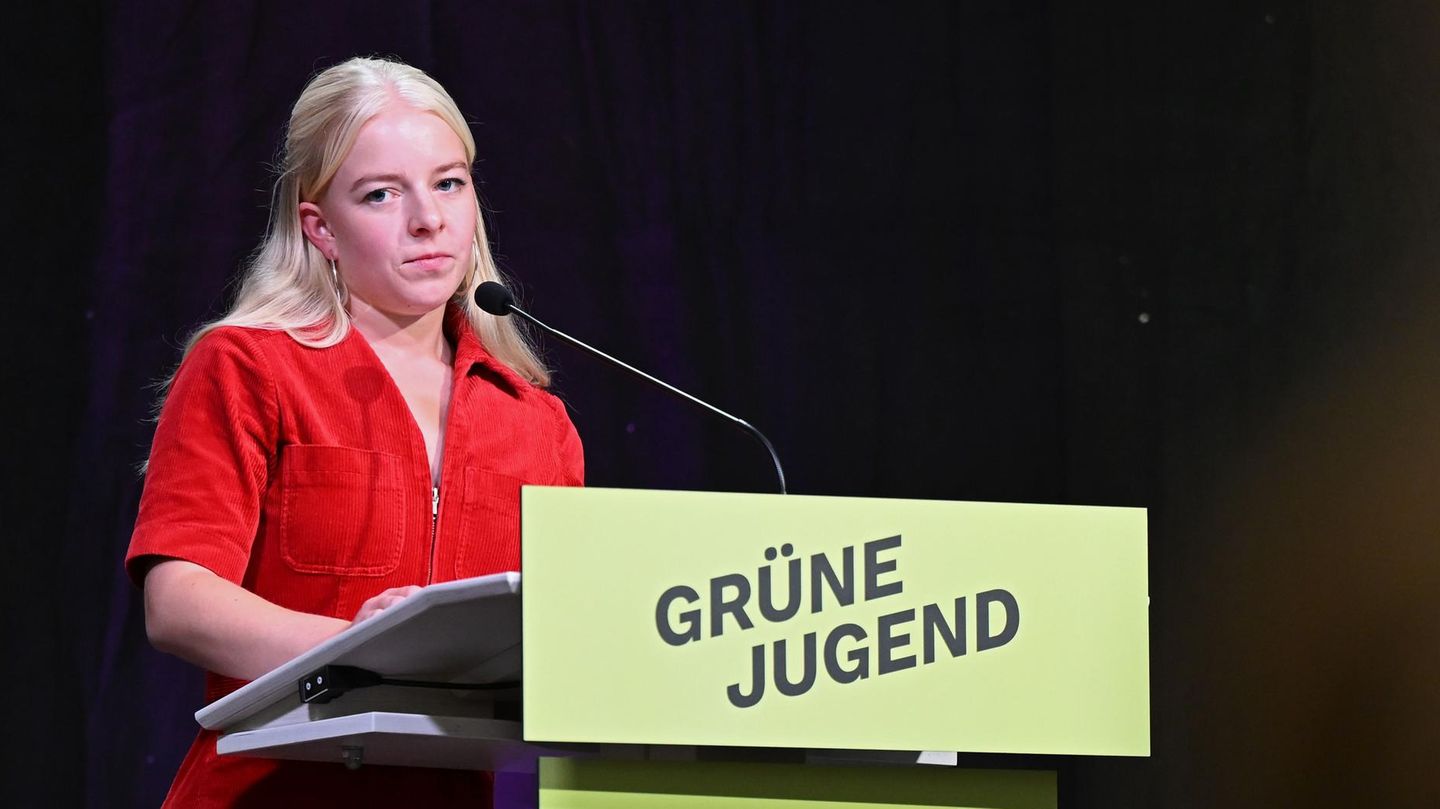He gold returned to position itself in the center of the global financial debate after having passed the US$4,000 per ounceaccumulating an increase greater than 50% so far this year. The phenomenon raised questions among analysts and large international managers such as Vontobel, Generali and Schroderswhich seek to determine if the precious metal crosses a speculative bubble or if the momentum responds to solid fundamentals.
According to Marco Mencinihead of analysis at Plenisfer Investments (Generali Investments), the rise of gold “relies on structurally sound purchases by central banksresponsible for 94% of the rally since 2022, after quintupling their acquisitions by freezing Russia’s dollar assets.” In addition, he highlighted the “sustained interest from financial investors” as another key factor behind the advancement of metal.
The analyst also explained that the market “already anticipates new rate cuts in the United States“, which reinforces the demand for safe haven assets. According to Mencini, the presence of Stephen Mirantrusted advisor to the former president donald trumpin the council of the Federal Reserveand the proximity of the end of the mandate of Jerome Powellcould lead to a less restrictive monetary policy. “A looser policy would mean higher inflation, pressure on bonds and loss of value of the dollar as a reserve currency”, he warned.
Mencini went further: “If only 1% of private capital invested in US public debt was diverted to goldthe price could rise to US$5,000 per ounce.”
Vontobel’s vision: records and strong fundamentals
From Vontobelthe manager Regina Hammerschmid He stressed that “The spot price of gold exceeded the threshold of US$4,000 per troy ounce and continues to break new records every day“Only in 2025, the gold metal”reached 52 all-time highs“, with a cumulative profitability of 54%the highest since 1979.
Despite the magnitude of the increases, Hammerschmid assured that does not perceive an immediate threat of correction. “We don’t see a big downside risk.given structural factors – such as the weakening of the dollar, concerns about US debt, the independence of the Fed and geopolitical risks – and cyclical factors, including the slowdown in the labor market and trade tensions,” he explained.
The specialist considered that Gold maintains its appeal as a hedge against global uncertaintyin a context where investors seek to protect their portfolios against volatility and changes in monetary policy.
Schroders rules out excess euphoria
For its part, James Lukecommodity fund manager at Schrodersruled out that there is a speculative fever among Western investors. “We don’t think they are blindly buying gold. Until recently, they even sold the rally”, he stated.
According to Luke, the rebound in recent years “was mainly explained by purchases by central banks and institutional investors from emerging markets“, while in the West caution still prevails. “Many investors are still scarred by gold’s decade of underperformance between 2005 and 2015 and are only now considering it as an alternative again.”he added.
Finally, the analyst anticipated that, in the current context of fiscal and geopolitical tensions, there could be “more aggressive participation of Western investors”, which would reinforce the price of the metal and its role as a safe haven asset in the face of global uncertainty.
Together, the three managers agreed that the gold is going through a moment of historical strength, driven by the change in the economic cycle and the search for protection against volatility, although they diverge on a key issue: whether the current value reflects a real opportunity or the prelude to an imminent correction.
Source: Ambito



